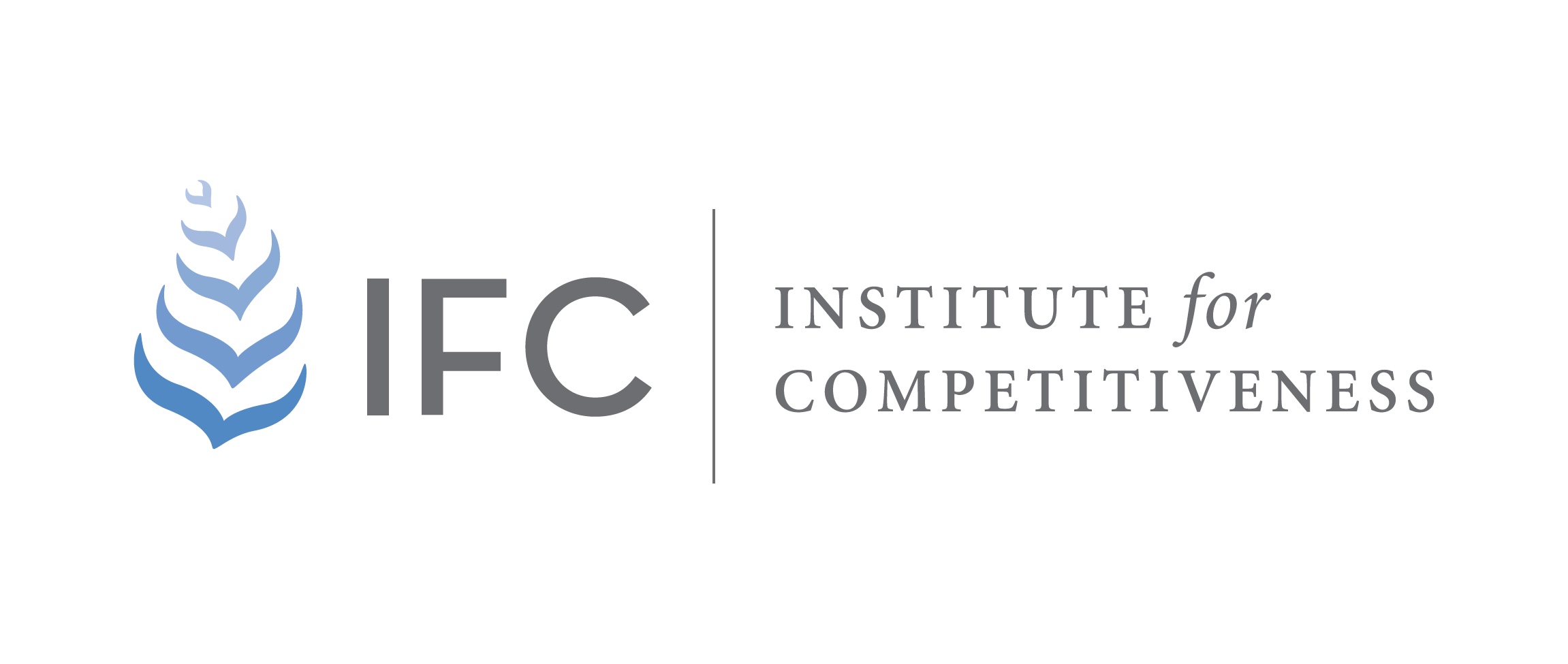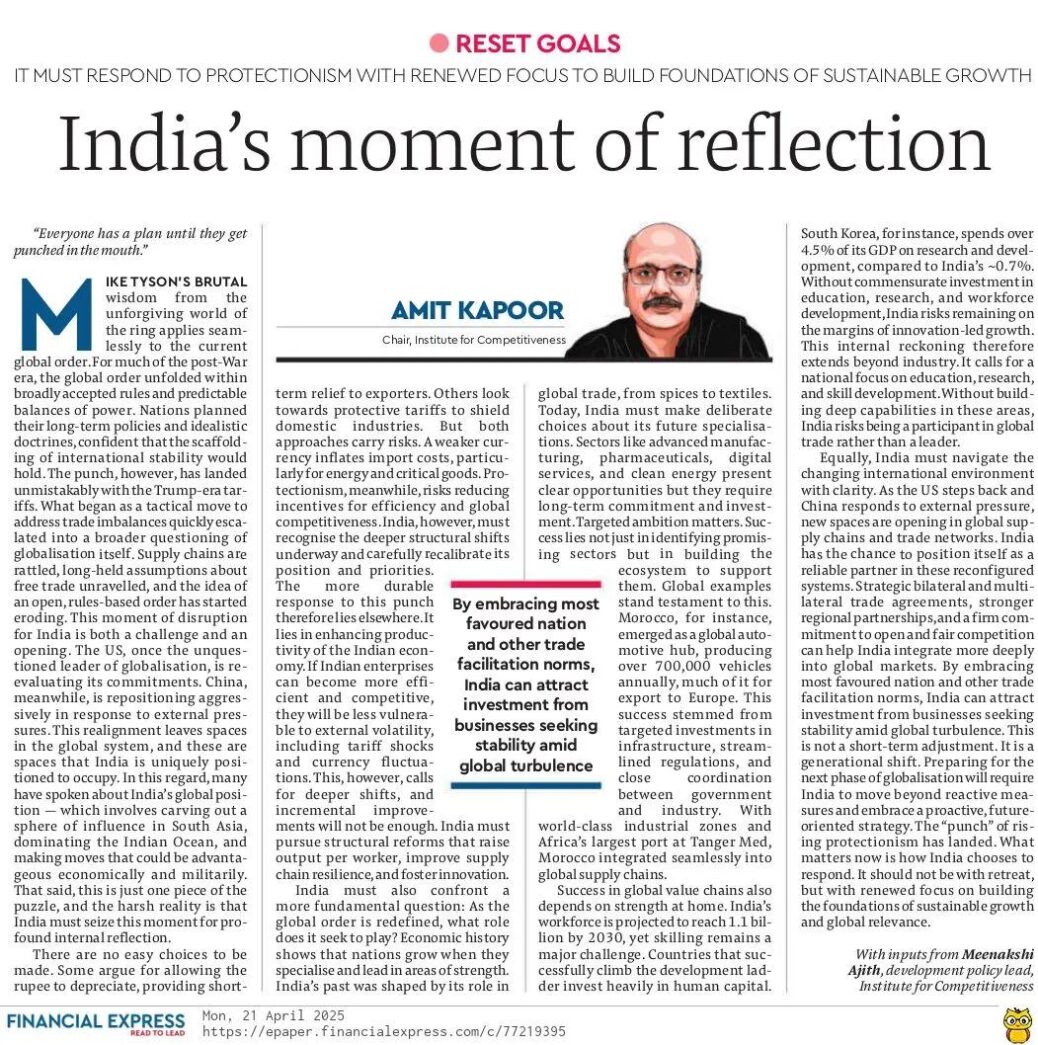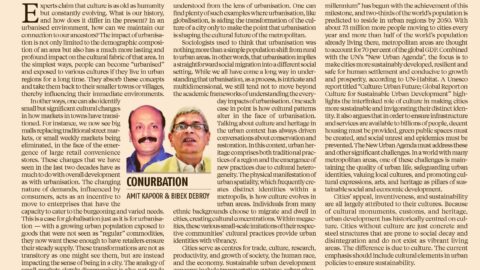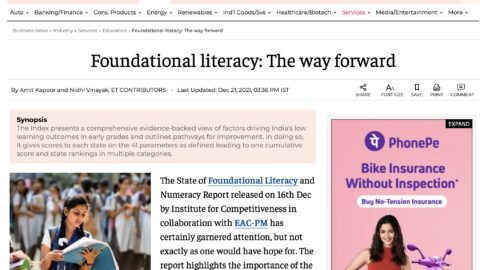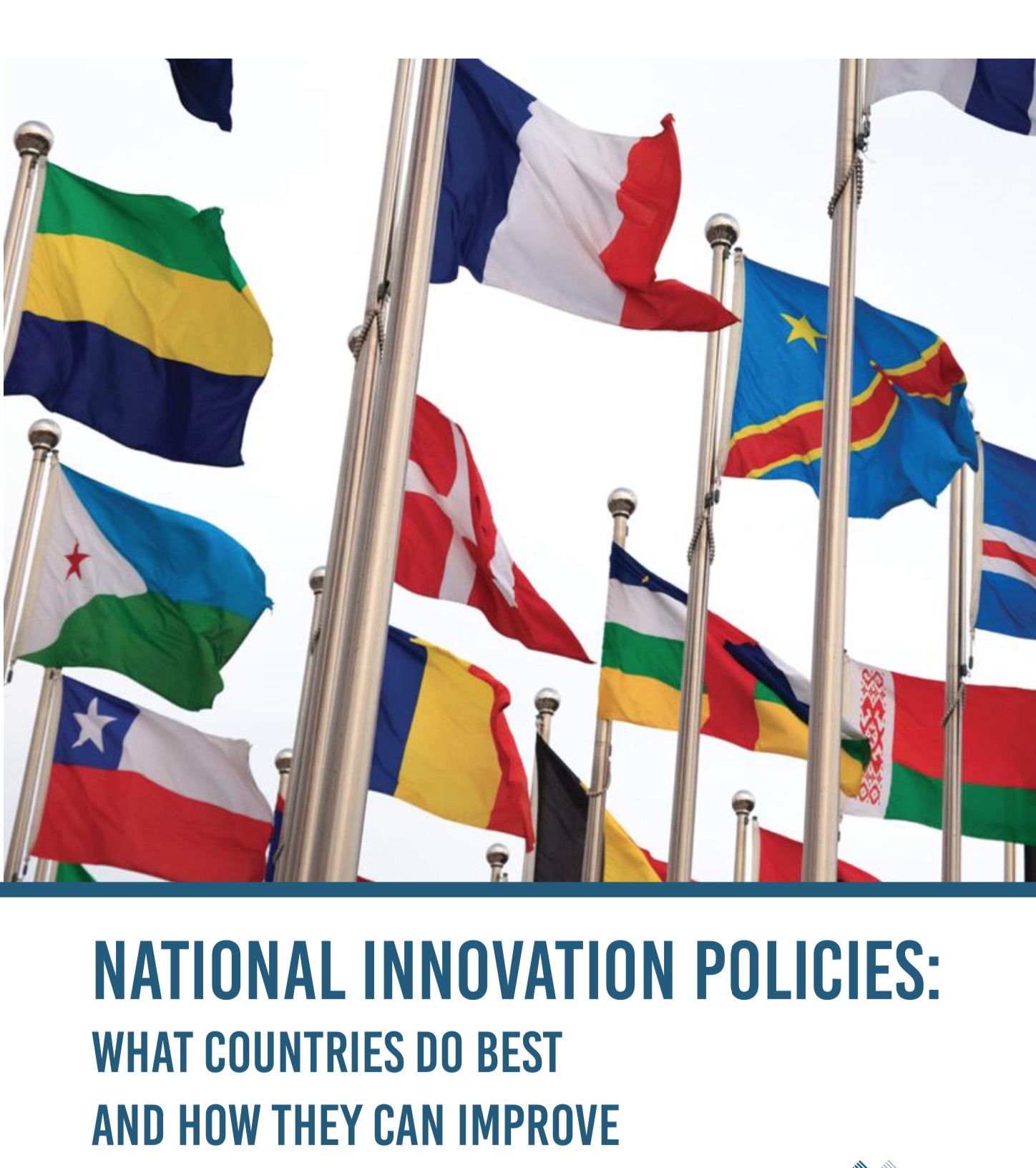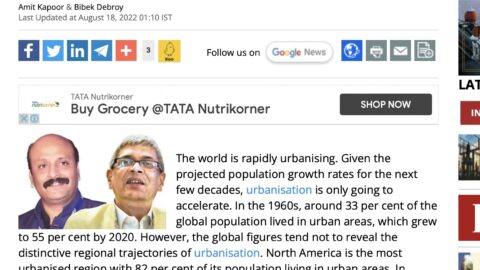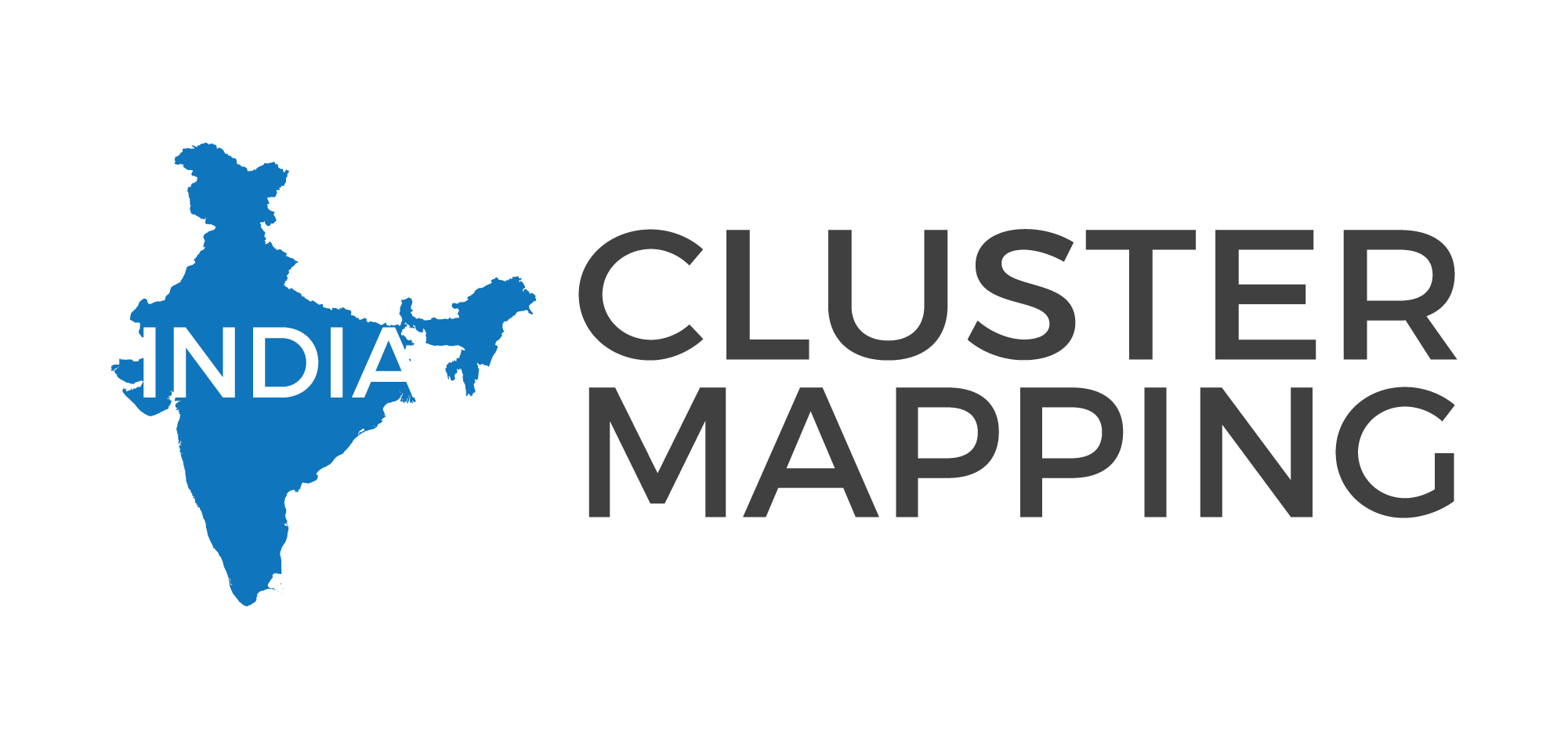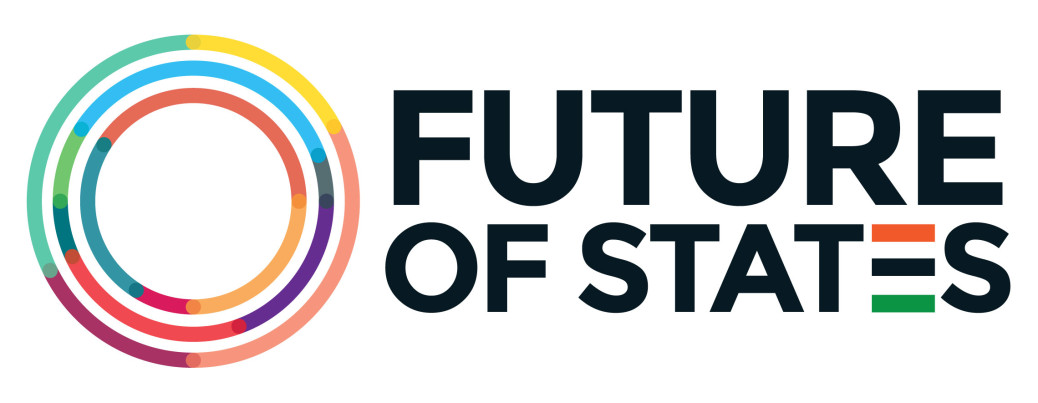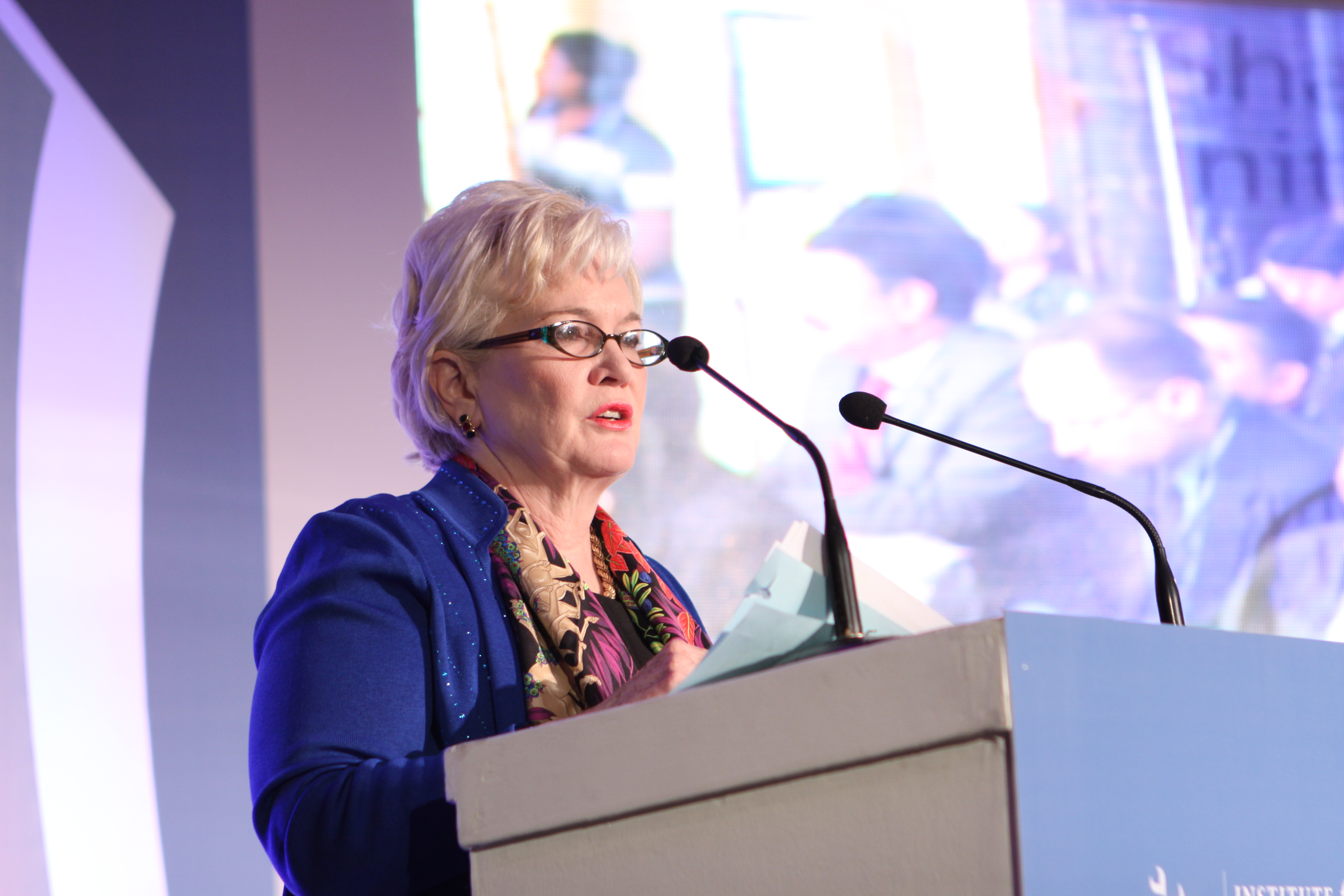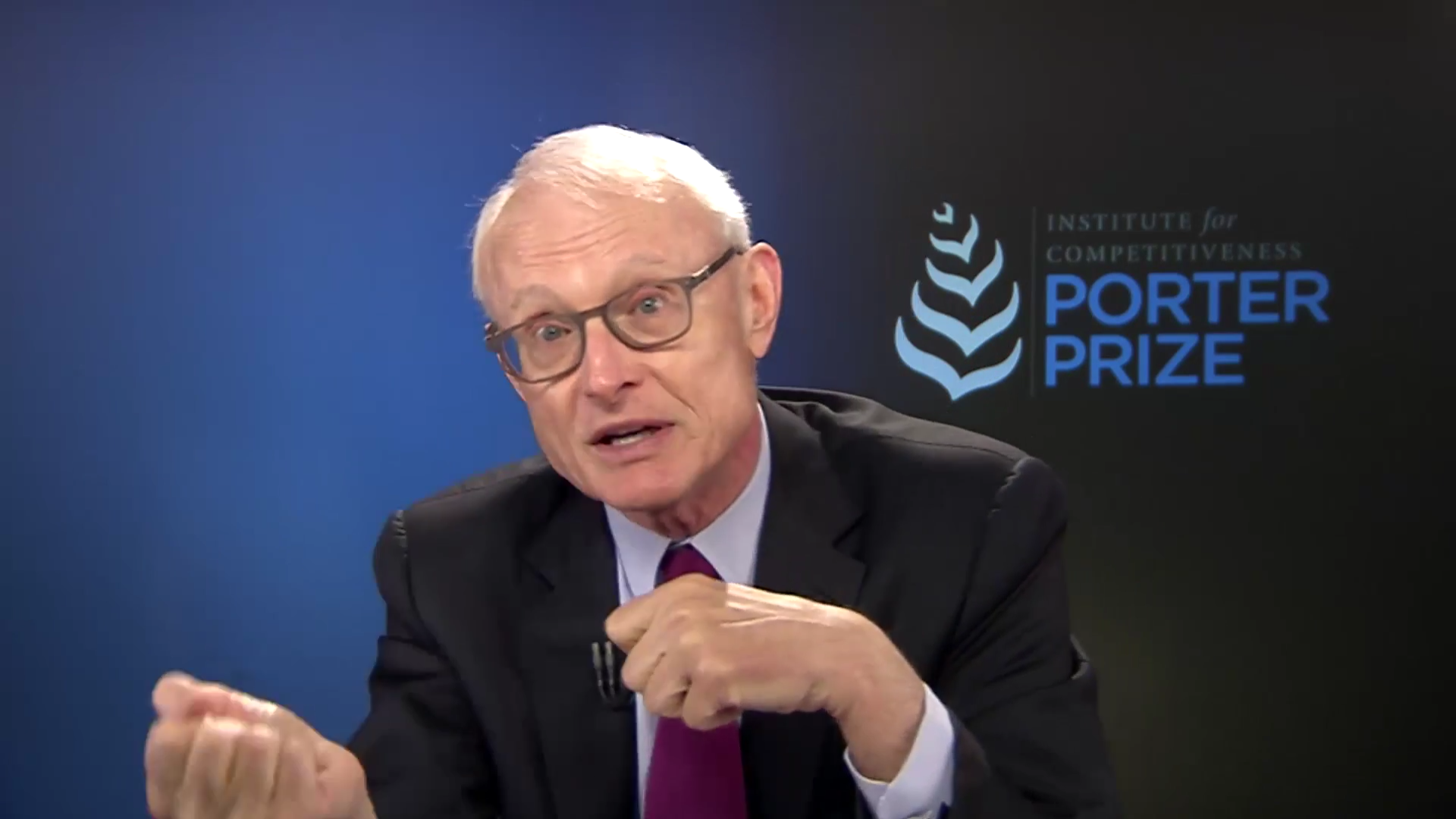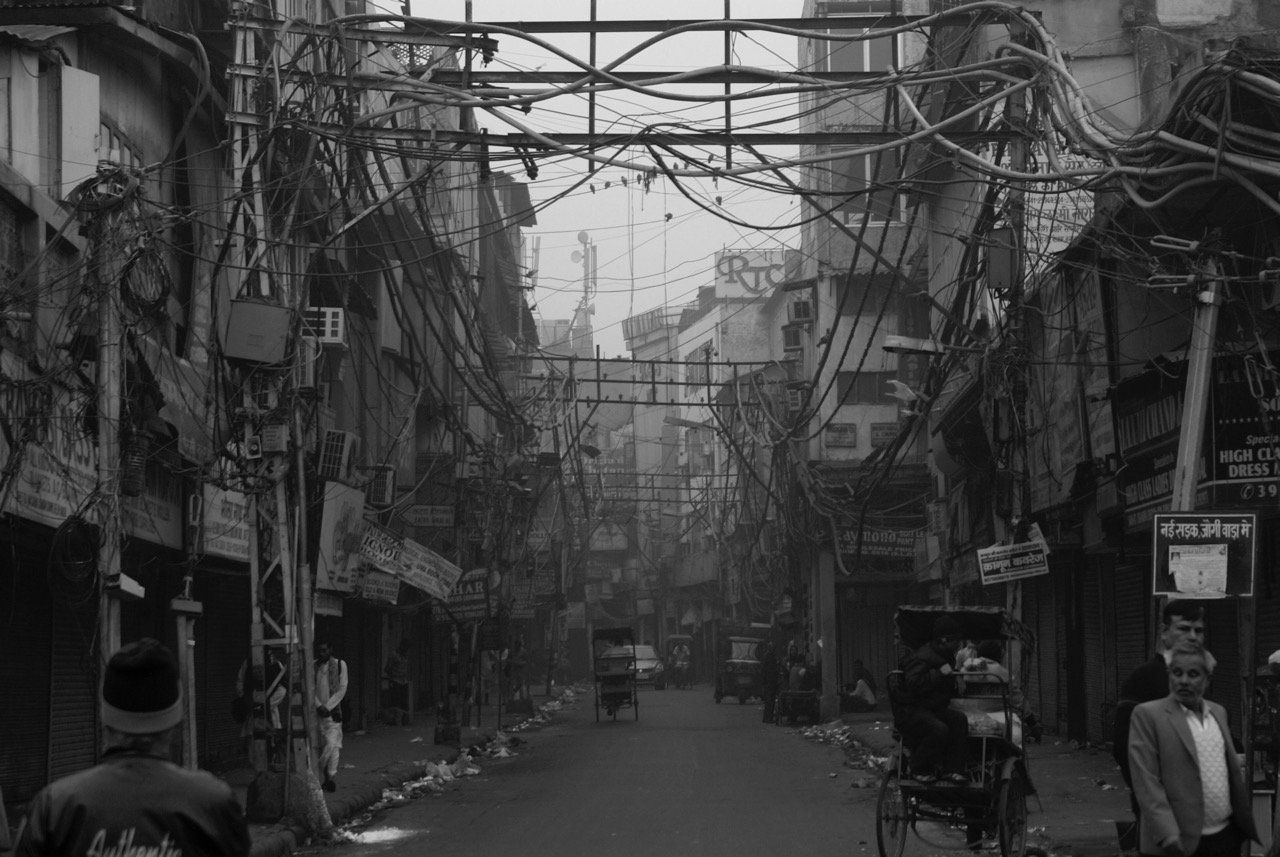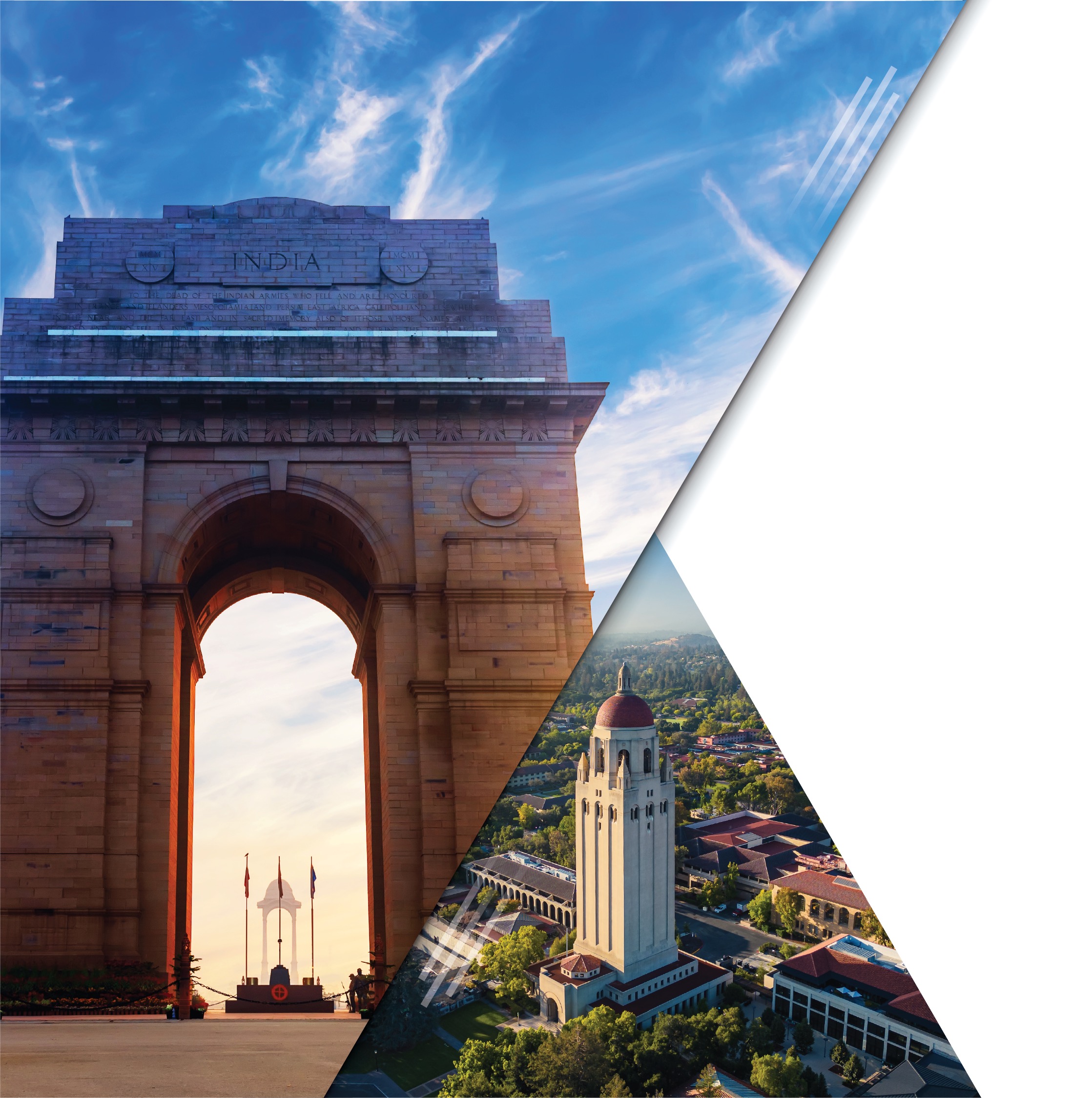By Amit Kapoor and Inputs by Meenakshi Ajith
“Everyone has a plan until they get punched in the mouth.” – Mike Tysons’ brutal wisdom from the unforgiving world of the ring applies seamlessly to the current global order. For much of the post-war era, global order unfolded within broadly accepted rules and predictable balances of power. Nations planned their long-term policies and idealistic doctrines, confident that the scaffolding of international stability would hold. The punch however has landed now unmistakably with the Trump-era tariffs. What began as a tactical move to address trade imbalances quickly escalated into a broader questioning of globalisation itself. Supply chains are rattled, long-held assumptions about free trade unravelled, and the idea of an open, rules-based order has started eroding. This moment of disruption, for India is both a challenge and an opening. The United States, once the unquestioned leader of globalisation, is re-evaluating its commitments. China, meanwhile, is repositioning aggressively in response to external pressures. This realignment leaves spaces in the global system, and these are spaces that India is uniquely positioned to occupy. In this regard, many have spoken about India’s global position; carving out a sphere of influence in South Asia and dominating the Indian Ocean and moves that could be advantageous economically and militarily. That said, this is just one piece of the puzzle, and the harsh reality is that India must seize this moment for profound internal reflection.
There are no easy choices to be made. Some argue for allowing the rupee to depreciate, providing short-term relief to exporters. Others look towards protective tariffs to shield domestic industries. But both approaches carry risks. A weaker currency inflates import costs, particularly in energy and critical goods. Protectionism, meanwhile, risks reducing incentives for efficiency and global competitiveness. India however must recognize the deeper structural shifts underway and carefully recalibrate its position and priorities. The more durable response to this punch therefore lies elsewhere. It lies in enhancing productivity of the Indian economy. If Indian enterprises can become more efficient and competitive, they will be less vulnerable to external volatility, including tariff shocks and currency fluctuations. This however calls for deeper shifts and incremental improvements will not be enough. India must pursue structural reforms that raise output per worker, improve supply chain resilience, and foster innovation.
India must also confront a more fundamental question: As the global order is redefined, what role does it seek to play? Economic history shows that nations grow when they specialise and lead in areas of strength. India’s past was shaped by its role in global trade from spices to textiles. Today, India must make deliberate choices about its future specialisations. Sectors like advanced manufacturing, pharmaceuticals, digital services, and clean energy present clear opportunities but they require long-term commitment and investment. Targeted ambition matters. Success lies not just in identifying promising sectors but in building the ecosystem to support them. Global examples stand testament to this. Morocco for instance emerged as a global automotive hub, producing over 700,000 vehicles annually, much of it for export to Europe. This success stemmed from targeted investments in infrastructure, streamlined regulations, and close coordination between government and industry. With world-class industrial zones and Africa’s largest port at Tangier Med, Morocco integrated seamlessly into global supply chains.
Success in global value chains also depends on strength at home. India’s workforce is projected to reach 1.1 billion by 2030, yet skilling remains a major challenge. Countries that successfully climb the development ladder invest heavily in human capital. South Korea, for instance, spends over 4.5% of its GDP on R&D, compared to India’s ~0.7%. Without commensurate investment in education, research, and workforce development, India risks remaining on the margins of innovation-led growth. This internal reckoning therefore extends beyond industry. It calls for a national focus on education, research, and skills development. Without building deep capabilities in these areas, India risks being a participant in global trade, rather than a leader.
Equally, India must navigate the changing international environment with clarity. As the U.S. steps back and China responds to external pressure, new spaces are opening in global supply chains and trade networks. India has the chance to position itself as a reliable partner in these reconfigured systems. Strategic bilateral and multilateral trade agreements, stronger regional partnerships, and a firm commitment to open and fair competition can help India integrate more deeply into global markets. By embracing MFN and other trade facilitation norms, India can attract investment from businesses seeking stability amid global turbulence. This is not a short-term adjustment. It is a generational shift. Preparing for the next phase of globalisation will require India to move beyond reactive measures and embrace a proactive, future-oriented strategy. The “punch” of rising protectionism has landed. What matters now is how India chooses to respond not with retreat, but with renewed focus on building the foundations of sustainable growth and global relevance.
The article was published with Financial Express on April 21, 2025.
